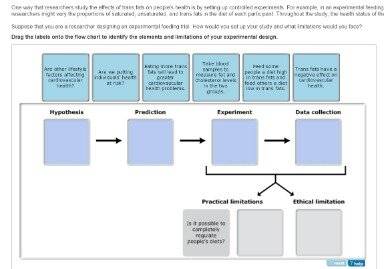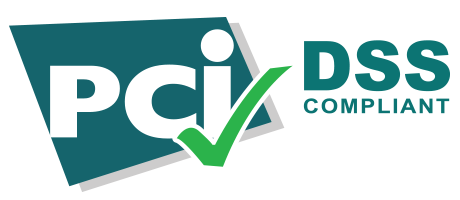Content

As we look further into the different variances, we notice that the price variance was $11,000 less than what was expected due to a $2 price discount from the standard price. When we look at the quantity variance, we notice that the company was able to purchase 500 more of the item. The reasons for this may have been to meet additional production demand or to take advantage of a price break for a particular quantity. The additional quantity caused a $12,500 increase over what it would have been at the standard price.

Identify these differences in examples of material purchases and analyze the process using formulas to calculate physical and labor cost variance. By now, there’s probably a pretty good chance that you know what a variance is in accounting. In case you forgot, a variance is the difference between the budgeted amount and the actual amount that was spent on a good, service, or action. As you probably also know, variances are a big deal to businesses, because they help you figure out where budgets go wrong. As anyone knows who has ever tried to manage a household budget and found that the electricity bill was twice as much as planned, being able to track variances is a valuable skill. Has the unit considered using lower materiality levels to ensure accuracy based on their fiscal transactions?
The Advantages of Using Earned Value Management
Many factors, including production inefficiencies, quality problems, and materials shortages, can cause this variance. Standard costing is a powerful tool for managing costs, but it is crucial to understand the meaning of the yield variance to interpret and use this information correctly. Typically, cost variances can be categorized as either favorable or unfavorable. Favorable cost variances occur when actual costs are lower than expected costs. Unfavorable cost variances occur when actual costs are higher than expected costs.
It allows you to identify special or unusual causes for changes in performance. When there is a significant change in output, it often indicates that something has changed with the process. In simple words, variance analysis studies the deviation of the actual outcome against the forecasted behavior in finance. It is essentially concerned with the difference between actual and planned behavior and how business performance is impacted.
What should happen if human or system errors are causing standard cost variances?
Quarter Variance Q1 -$1,000 Q2 -$500 Q3 $100 Notice how each time the variance gets more and more favorable, until it is once again positive. Remember that a positive number is a favorable variance, in which the company saved money, while a negative number is an unfavorable variance, in which the company lost money. As you move towards zero, you are becoming more accurate and are better able to allocate resources to get more done. Mean-variance analysis is the process of weighing risk, expressed as variance, against expected return.

Usually, entities What Is Variance Analysis? 2021 Definition, Examples & Advantages predictions only in response to exceptional events or circumstances. For the Income statement, operating expense items are fully expensed in the year they occur. OPEX spending “goes straight to the bottom line,” impacting the earnings report only in the same reporting period. When evaluating capital investment proposals, companies also consider risks. Risk refers firstly to the level of uncertainty in forecast returns.
GBS Shared Service Center
However, smart financial managers understand this fact and can still take advantage of a budget as an expectation to compare actual performance against. To account for potential differences in the agreed-upon budget and the actual amounts out in the field, businesses study a concept in financial analytics known as the budget vs. actual variance. ISO food and feed traceability standards cover food safety and quality objectives, customer specifications and a history of product origin as a basis for controls.














